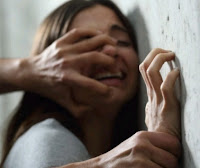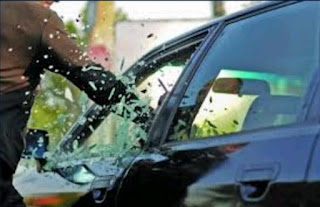International Law and Human Rights

Recognition of the inherent dignity and of the equal and inalienable rights of all members of the human family is the foundation of freedom, justice and peace in the world.
–Preamble, Universal Declaration of Human Rights
Introduction:
International Law and Human Rights plays an very important role in maintaining the moral principles for human behaviour.In the Preamble of Universal Declaration of Human Rights it clearly mentions that the Human Rights is an inalienable rights for all the members of the Human family. It means that the Human Rights is an fundamental right which is naturally entitled to all the born human being, regardless of their age, sex, religion, colour, nationality, gender, languageand ethnicity etc.Human Rights are not meant to be applicable in certain region, it is applicable in all over the universe. In order to protect Human Rights in international level, the United Nations has taken several actions, signed treaties and created an commission for human rights which is popularly known as United Nations Human Rights Council (UNHRC). In this blog, we are going to see various Human Rights issues happening around the world and steps taken in order to solve the issues and what actions may be taken in effective to solve the problems.
How does International Law protects Human Rights:
International Human Rights Law lays down obligation to countries by making them to sign international treaties in order to bring the countries under the obligation of international human rights to respect, protect and fulfil Human Rights. In order to respect the Human Rights, countries must not be interfere with individual enjoyment of human rights. In order to protect Human Rights, countries should protect the individuals and groups against human rights issue. In order to fulfil the Human Rights, countries should be ready to take positive action to fascilitate the enjoyment of Human Rights. Through the signing of treaties, countries must have to legislate rules and act upon the treaties which provides the principle protection of human rights under International Law.

The Core International Human Rights Instruments and their monitoring bodies:
There are currently nine core International Human Rights Instruments and each of instruments have certain committee members to implement the treaties provision by the countries.The Universal Declaration of Human Rights (UDHR) together with International Convenant on Civil and Political Rights with its two optional protocols and the International Convenant on Social, Economical and Cultural Rights are collectively forms the International Bill of Human Rights.
Reference OCHR – International Instruments
These are the list of Core International Human Rights Instruments.
- International Convention on Elimination of All Forms of Discrimination (ICERD)
- International Convenant on Civil and Political Rights (ICCPR)
- International Convenant on Social, Economical and Cultural Rights (ICESCR)
- Convention on the Elimination of All Forms of Discrimination Against Women (CEDAW)
- Convention Against Torture and Other Cruel, Inhuman or Degrading Treatment or Punishment (CAT)
- Convention on Rights of Children (CRC)
- International Convention on the Protection of the Rights of All Migrant Workers and Members of Their Families
- International Convention for the Protection of All Persons from Enforced Disappearance
- Convention on the Rights of Persons with Disabilities

Implementation of Human Rights in Palestine – Our Actions:
We can achieve full implementation of Human Rights across the universe only when we are ready to accept the ground reality of events that are happening now around the world. For example, take this serious human rights issue between Israel and State of Palestine. In that human rights issue, Israel uses its Israel Occupation Military Forces (IOF) to detain Palestinian and open firing at innocent children which causes many casualties daily. Palestinians were tortured and illegally detained. In First Intifada, which is a protest that happened in Palestine against Israel. In the first Intifada, nearly 2,50,000 Palestinian peoples were and more than 15,000 were lost arms or leg (Reference Middle East Monitor ). Statistics show us that more than 1,75,000 peoples were illegally detained during the first Intifada. Palestinian NGO Bt’salem states that more than 1962 Palestinian were killed. Among them more than were 300 innocent children. More than 2000 houses of Palestinian peoples were illegally destroyed by Israel. Till now, more Palestinian’s were suffering from the human rights issue. We the people of other nations should stand in solidarity with Palestine in order to protect human rights. We have to take our action against these war crimes and inhuman acts of Israel by actively participating in Boycott, Divestment and Sanction Movement (BDS movement). If we manage to suppress various funds received for Israel it will create an impact on Israel’s Economy and it will make them to obey international human rights law. Reference B’Tsalem

Conclusion:
In order to protect human rights all over the world, we must have to understand that every human beings are equal and have their own fundamental rights irrespective of their religion, sex, language, origin, race, caste, colour and nationality etc. We have to take actively participate in all activities which encourage and promote the protection of human rights. We have to voice out the crimes fearlessly against those who infringe the human rights. We need to obey the human rights law which enforced in our country.
Let’s see is it possible to protect the human rights internationally !!





